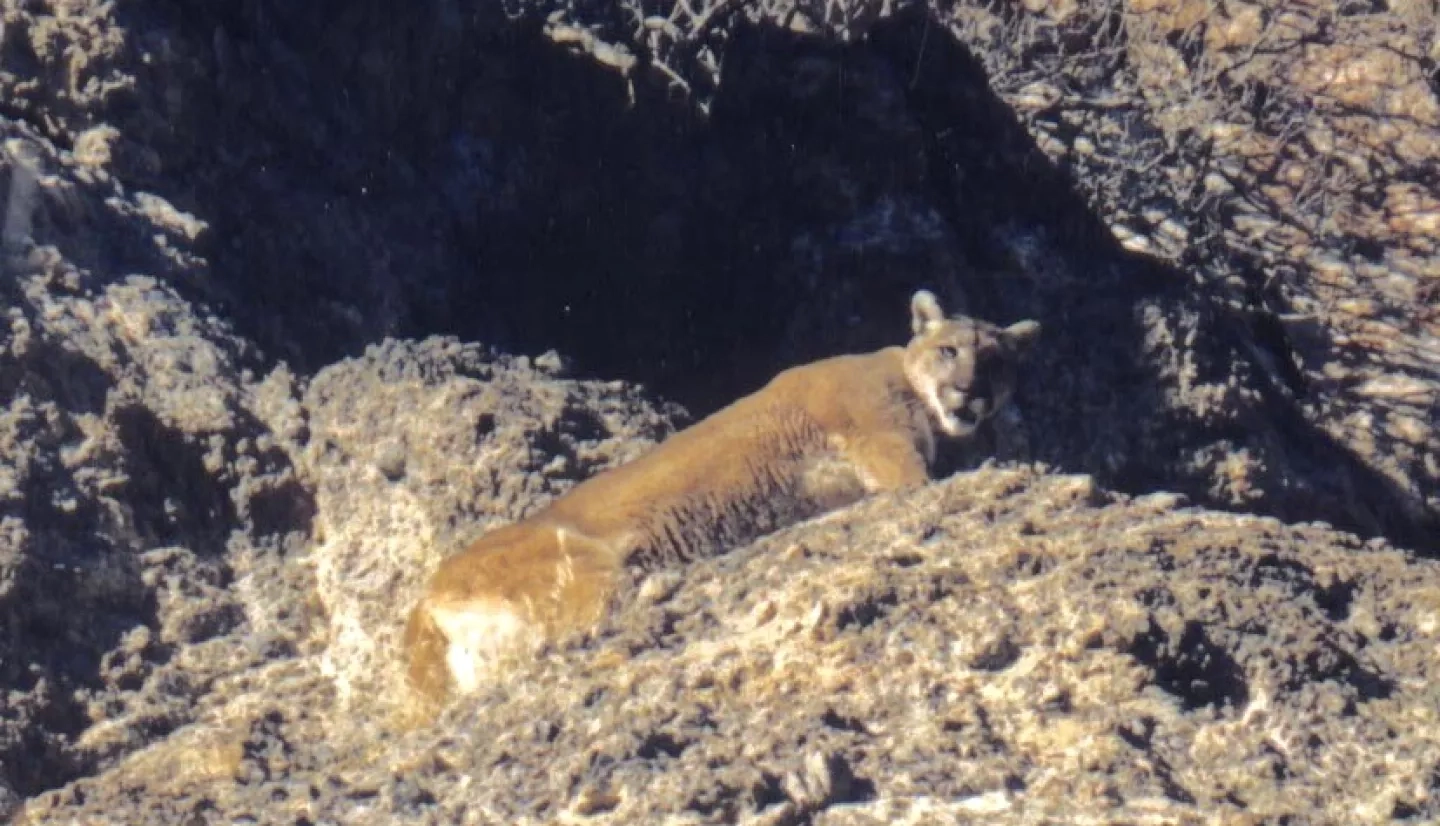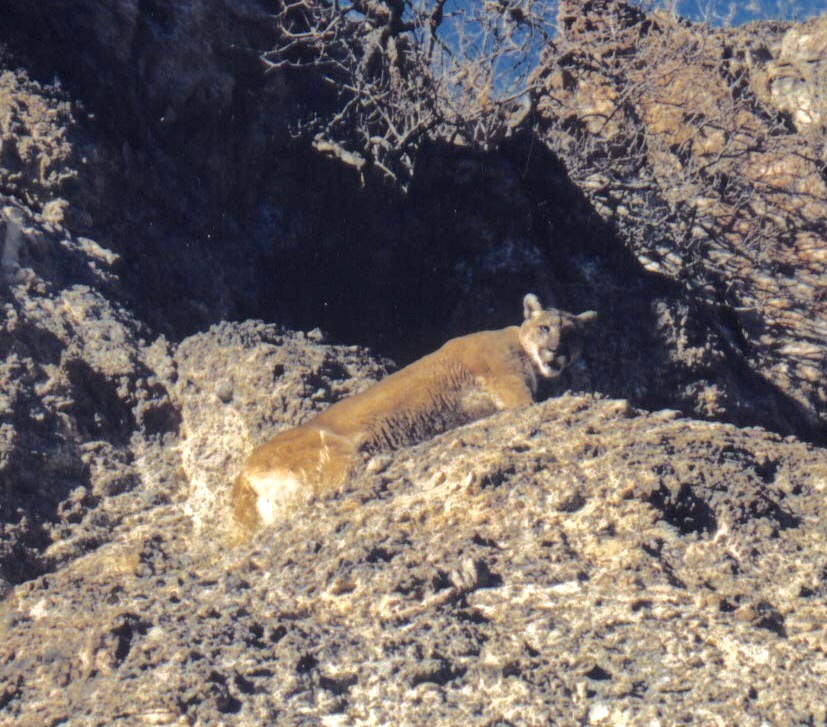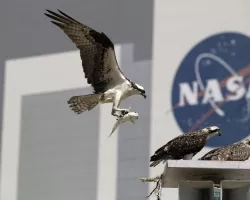A new website, co-developed by NASA and the National Park Service, can help park managers and conservation experts understand the impact of lights and noise from humans on the behavior of wild animals in national parks.
The project, supported by Earth Applied Sciences’s Ecological Forecasting program area, will allow park managers to choose a time period, such as the spring or winter seasons, and then zoom into a particular park to see sound and nighttime lights data and determine which animal species might be at risk from those sensory stimuli.
Recently a team of researchers and managers using noise and lighting data discovered that predator-prey relationships of cougars and mule deer were very different in non-park settings surrounding Salt Lake City, Utah, compared to inside national parks such as Grand Canyon National Park in Arizona. One factor that might be contributing to this difference in predator-prey relationships is outdoor lighting.
More details on this work can be found in the NASA feature NASA Helps National Parks Track Impact of Noise, Lighting on Wildlife.
This story is part of our Space for U.S. collection. To learn how NASA data are being used in your state, please visit nasa.gov/spaceforus.




